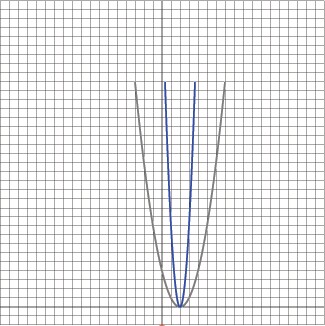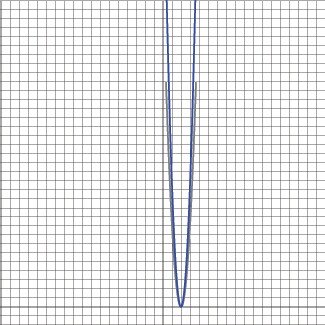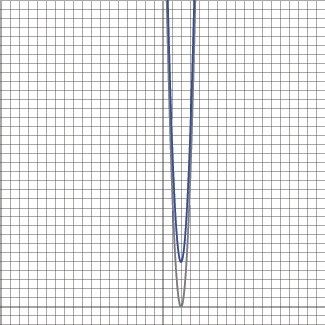1.5 f (3x-6) +5 = 1.5 f [ 3(x-2) ] + 5
This means that the first transformation is of x-2. This results in shifting the graph right 2 units.

The second
transformation involved the 3 coefficient inside the function. This
results in a horizontal compression of 3 factors. The result should look
like something on the right.


Many of the data points have left this graph's viewable region, so it may be difficult to tell the exact values of the graph currently.

These are the core tools that you'll need to understand basic function manipulation.
